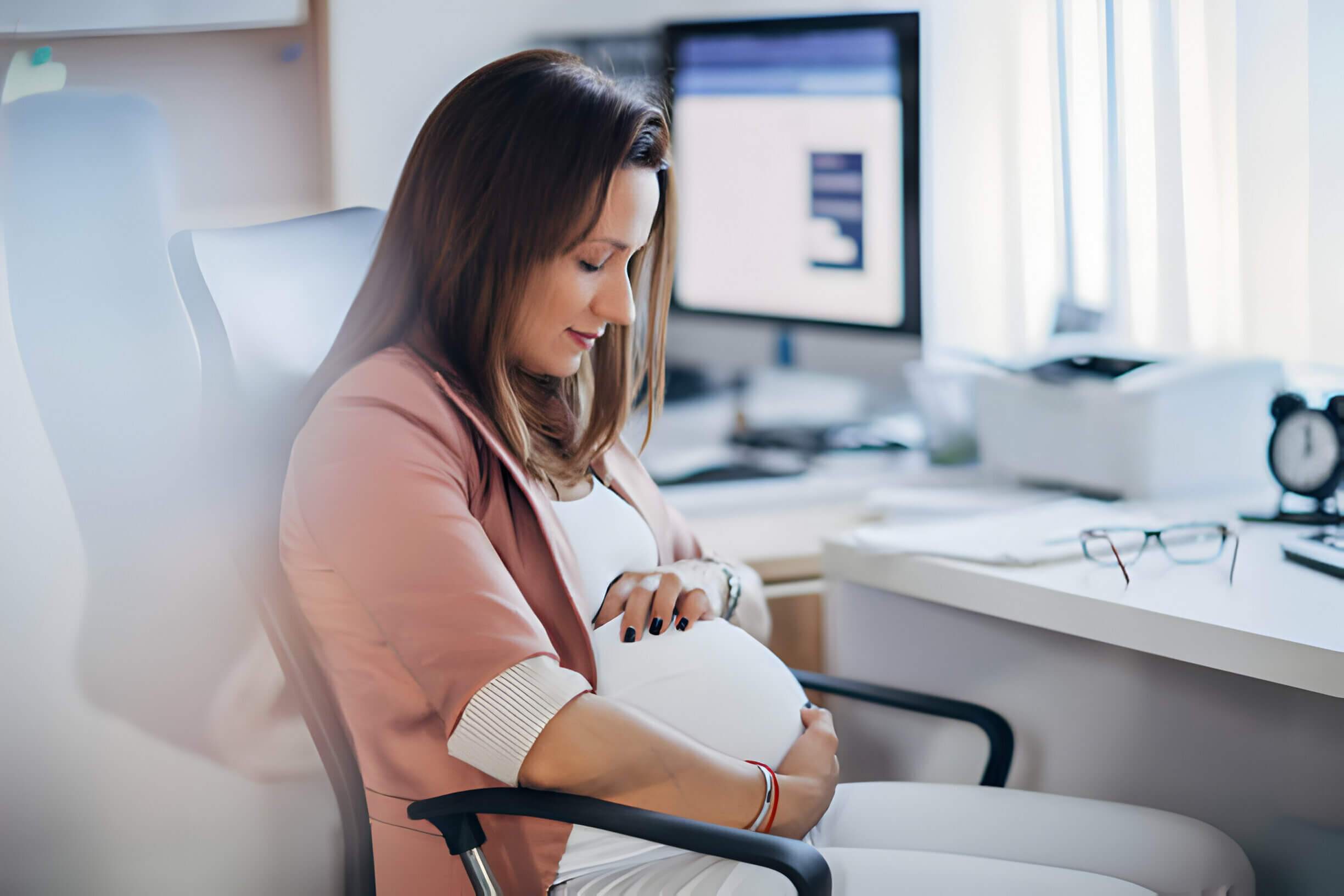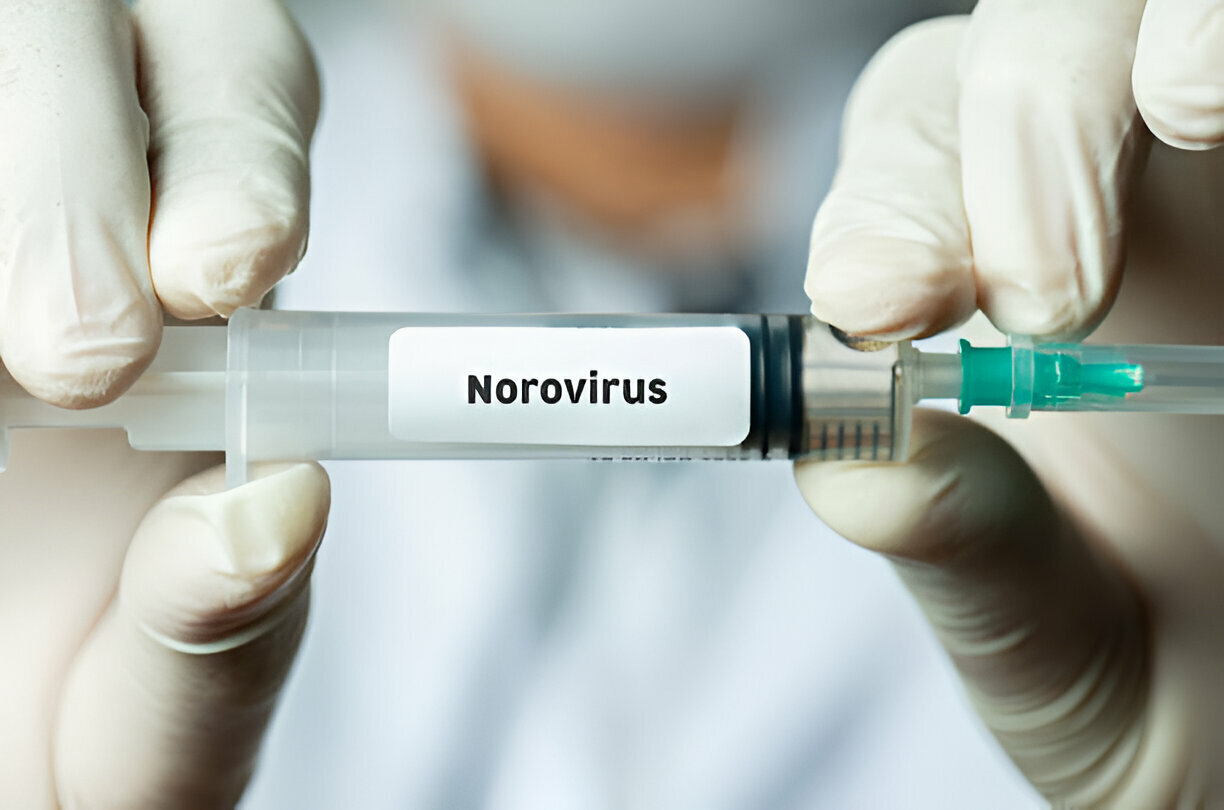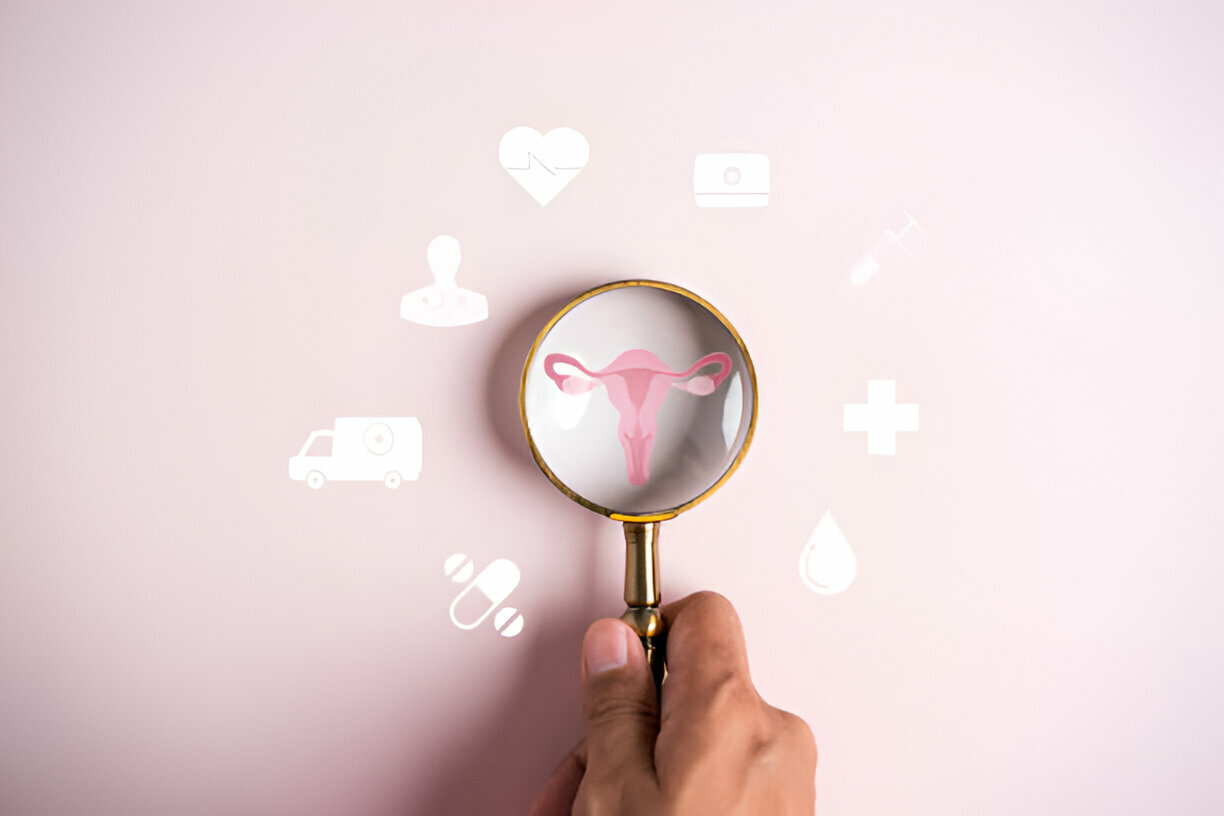Swab Testing for Group B Strep: What Do We Need to Know?

One out of every five pregnant women carries Group B streptococcus (GBS) bacteria in their bodies. While GBS often causes no symptoms, it can spread to the newborn during childbirth and lead to lung infections, meningitis, and even death. Testing pregnant women for GBS is critical to protect little ones, but how we test makes all the difference.
What gives better detection - one swab or two?
Swabbing both the vagina and rectum catches more GBS cases than taking just one sample. GBS likes to hide in both areas, so covering all the bases matters. A combined swab targets both sites in one go, giving a more complete picture.
Does culture medium change the results?
Swab samples grow better in enriched culture mediums full of nutrients. Direct plating of swabs onto petri dishes leads to more false negatives, missing out on positive cases. An enrichment step gives any stray GBS bugs the chance to multiply into detectable levels and boosts the test's sensitivity.
Can women collect their own samples?
Self-sampling offers perks like convenience and privacy over provider-collection. However, women swabbing themselves have less accuracy detecting GBS compared to a healthcare worker's handiwork - self-tests catch about 90% of GBS cases versus over 97% picked up from provider-swabs. Detailed instructions are vital to maximize self-test precision.
Do self-tests affect mom and baby outcomes?
No studies have actually linked self-swabbing during pregnancy to health effects in mothers or infants. We cannot confirm if self-sampling, despite slightly lower accuracy, impacts GBS illness rates. Further research on real-life screening programs should clarify any risks or benefits.
The big picture on GBS
About 18% of pregnant women worldwide harbor GBS at some point. Screening and antibiotic treatment during delivery prevents early infections in newborns. Self-sampling for GBS gives women more freedom in their care. However, improving detection rates relies on techniques like dual-site swabbing and culture enrichment regardless of who collects the sample. More evidence is still needed around self-swabbing outcomes for mothers and infants in order to craft appropriate guidelines. Streamlining how we screen for this common bug can lead to major gains for maternal and child health globally.
Click to View → Mantacc Vaginal and Cervical Swabs
References
Self-collection of samples for group B streptococcus testing during pregnancy: a systematic review and meta-analysis









